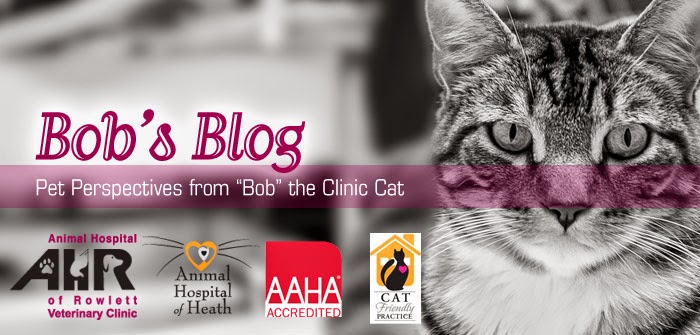Disaster Preparedness
Emergencies
come in many forms, and they may require anything from a brief absence from
your home to permanent evacuation. Each type of disaster requires different
measure to keep your pets safe, so the best thing you can do for yourself and
your pets is to be prepared. Here are
simple steps you can follow now to make sure you’re ready for the next disaster
strikes:
·
Get a rescue alert sticker so that
people know that pets are inside your home.
These can be ordered for free from aspca.org
·
Determine a safe haven for your pets
in the event of an evacuation. Know your
veterinarian’s phone number and identify hotels outside of your immediate area
that accept pets
Preparing
emergency supplies and traveling kits
If you must evacuate your home in a
crisis, plan for the worst-case scenario. Even if you think you may be gone for
only a day, assume that you may not be allowed to return for several weeks.
When recommendations for evacuation have been announced, follow the
instructions of local and state officials. To minimize evacuation time, take
these simple steps:
·
Make sure all pets wear collars and
tags with up-to-date identification information. Your pet’s ID tag should
contain his name, telephone number and any urgent medical needs. Be sure to
also write your pet’s name, your name and contact information on your pet’s
carrier.
·
The ASPCA recommends microchipping
your pet as a more permanent form of identification. A microchip is implanted
under the skin in the animal’s shoulder area, and can be read by a scanner at
most animal shelters and veterinary offices.
Animal Hospital of Rowlett/Heath can implant a microchip for $40 with
free lifetime registration.
·
Always bring pets indoors at the
first sign or warning of a storm or disaster. Pets can become disoriented and
wander away from home in a crisis.
·
Store an emergency kit and leashes
as close to an exit as possible. Make sure that everyone in the family knows
where it is, and that it clearly labeled and easy to carry. Items to consider keeping
in or near your “Evac-Pack” include:
·
Pet first-aid kit (recommended
contents at end of document)
·
3-7 days’ worth of canned (pop-top)
or dry food (be sure to rotate every two months)
·
Disposable litter trays (aluminum
roasting pans are perfect)
·
Litter or paper toweling
·
Liquid dish soap and disinfectant
·
Disposable garbage bags for clean-up
·
Pet feeding dishes and water bowls
·
Extra collar or harness as well as
an extra leash
·
Photocopies and/or USB of medical
records and a waterproof container with a two-week supply of any medicine your
pet requires (Remember, food and medications need to be rotated out of your
emergency kit—otherwise they may go bad or become useless)
·
At least seven days’ worth of
bottled water for each person and pet (store in a cool, dry place and replace
every two months)
·
A traveling bag, crate or sturdy
carrier, ideally one for each pet
·
Flashlight
·
Blanket
·
Recent photos of your pets (in case
you are separated and need to make “Lost” posters)
·
Especially for cats: Pillowcase,
toys, scoop-able litter
·
Especially for dogs: Extra leash,
toys and chew toys, a week’s worth of cage liner
You should also have an emergency
kit for the human members of the family. Items to include: Batteries, duct
tape, flashlight, radio, multi-tool, tarp, rope, permanent marker, spray paint,
baby wipes, protective clothing and footwear, extra cash, rescue whistle,
important phone numbers, extra medication and copies of medical and insurance
information.
Pet
First Aid Kit Contents
·
Absorbent gauze
pads
·
Adhesive tape
·
Antiseptic wipes,
lotion, powder or spray
·
Blanket (a foil
emergency blanket)
·
Cotton balls or
swabs
·
Gauze rolls
·
Hydrogen peroxide
(to induce vomiting—do this only when directed by a veterinarian or a
poison-control expert)
·
Ice pack
·
Non-latex
disposable gloves
·
Petroleum jelly
(to lubricate the thermometer)
·
Rectal thermometer
(your pet's temperature should not rise above 103°F or fall below 100°F)
·
Scissors (with
blunt ends)
·
Sterile non-stick
gauze pads for bandages
·
Sterile saline
solution (sold at pharmacies)
·
Tweezers
·
A pillowcase to
confine your cat for treatment
·
A pet carrier
·
Corn syrup for
dogs with low blood sugar
·
Benadryl (1mg per lb.
dosing)
·
Non-prescription
antibiotic ointment
·
Nail clippers
·
Ear-Cleaning
solution
·
Needle nosed
pliers










